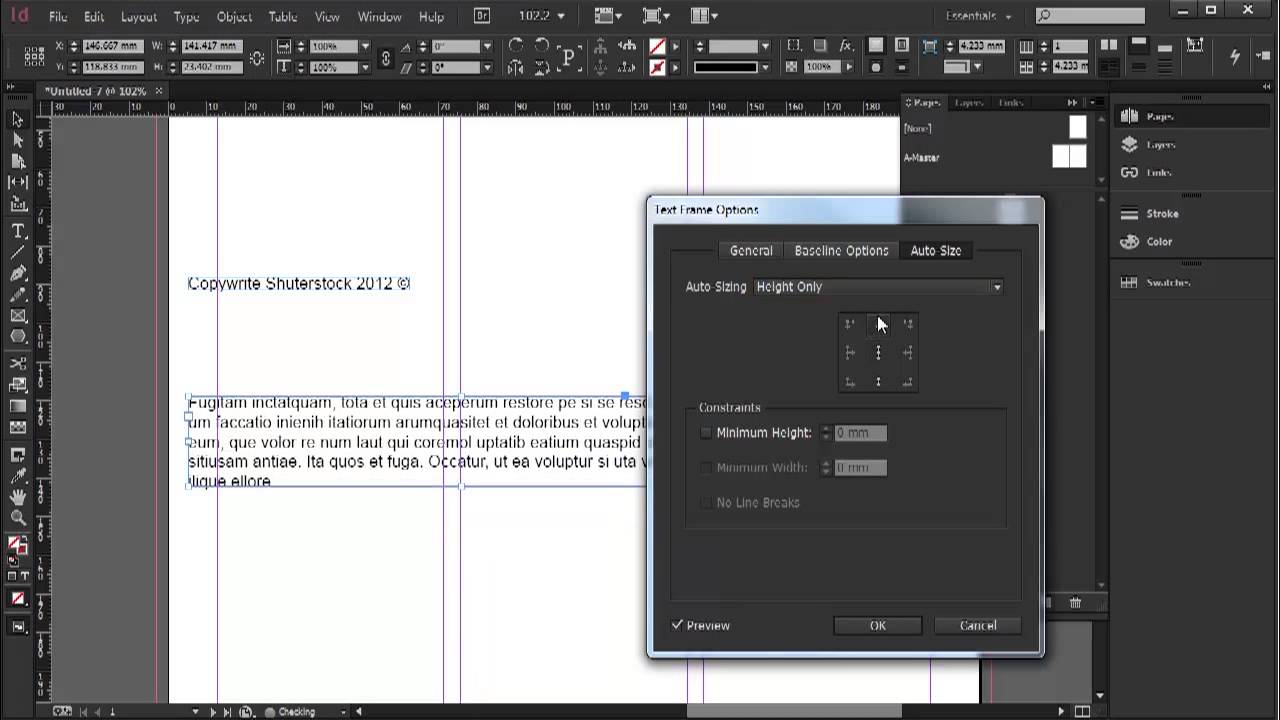
- Adobe golive frames problems how to#
- Adobe golive frames problems series#
- Adobe golive frames problems tv#
I also have a list of questions that are specific to the project and are an area of concern. What did you think of X (character name)? What did you think of Y (character name)?.Were you lost or confused at any time? When? Why?.
Adobe golive frames problems series#
The first is a series of questions that cover the basics, things that every film project needs to consider. To get the right notes you need to ask the right questions, particularly of audience members who don’t have experience in filmmaking. So, invite a couple of particularly insightful people for the nitpicky notes but get an audience made up of “civilians” for the rest. We have the uncanny ability to find fault in everything and if your audience is composed of only other filmmakers, you’re going to find yourself bogged down in a lot of minutiae with notes that may or may not matter to a larger audience. The fact is, a filmmaker can tear apart even the best of films. Which is exactly why you should minimize the nunber of industry folks you invite to your screening. We watch entertainment in a very different way than lay people and can see things that others might not catch. Industry people–filmmakers, writers, directors, producers–can give extremely insightful notes. The fact is, if those people don’t like what you’re showing, you’ve got a serious problem. It doesn’t hurt to have a few off-type audience members (to hit the above diversity thing) but try and get yourself a good percentage of people that specifically hit your target demographic, too. If you’re making a film for middle-aged women, it wouldn’t make sense to bring in a bunch of male high schoolers. Of course, while doing this, make sure you’re still getting enough representation from your… No offense to 25-year-old white guys, it’s just that people of different colors, genders, and backgrounds will all come with different experiences and opinions that can really help you raise the quality of your work. When your project finally hits audiences, in an ideal world, you’d want every kind of person to like your work, so make sure your test audience isn’t composed of just three 25-year-old white guys. When picking whom to invite, follow a few simple guidelines: But you can glean a lot, even from a small audience. You need anywhere from four to ten people to sit down and pay attention for a little bit. Picking the AudienceĪ rough cut doesn’t need a huge audience. With everything leveled, marked and labelled, you’re ready to find your audience. Similarly, if we’re using temp music in a scene, we might write that as a lower-third, just to alert the audience that we’re inspiring a certain mood but that the product isn’t final. If we’re missing graphics, a scene, whatever, we put a slate in to alert the audience. Bad sound is so distracting that it often can ruin a regular screening. Just watch and enjoy.Īfter we watch, we go through and level all the sound, making sure all the cuts are smooth and the dialogue is audible.
Adobe golive frames problems tv#
We don’t pause, we don’t tweak, we don’t re-cut and we don’t take notes, we just watch it like two people watching a film or TV show. We cleanse the palette with life–which, like ginseng, is a great palette-cleanserĪfter our break, we sit down and we watch the whole thing. We don’t watch anything, we go live our lives and forget the project exists. Here are some guidelines that my editor and I set for that final polish.

Watch it By Yourselfīefore showing the project to anyone, you should do a quick polish pass to get it ready.

Adobe golive frames problems how to#
Here are some suggestions on how to make sure you get what you need out of that screening. It gives you the opportunity to get feedback from people who aren’t as attached to the project as you, and therefore can look at it with objective points of view and new eyes.īut getting and receiving notes is an art all on its own. So, how do you get the love of the project back? How do you start seeing your rough cut not as the thing you’ve toiled over for countless hours, but a new piece of art you’re watching?Ī test screening is one way. Is this thing too slow? Is it boring? Is it confusing? Is it too obvious? Why did we make this?Īs filmmakers, we’ve all been there at some point, right? At some point, the beats merge together, the dialogue drones on, and jokes that you once laughed at loudly fall flat.Īt around 3-5 weeks into an edit, you start losing perspective on the work. An editor spends a lot of time staring at an edit.


 0 kommentar(er)
0 kommentar(er)
